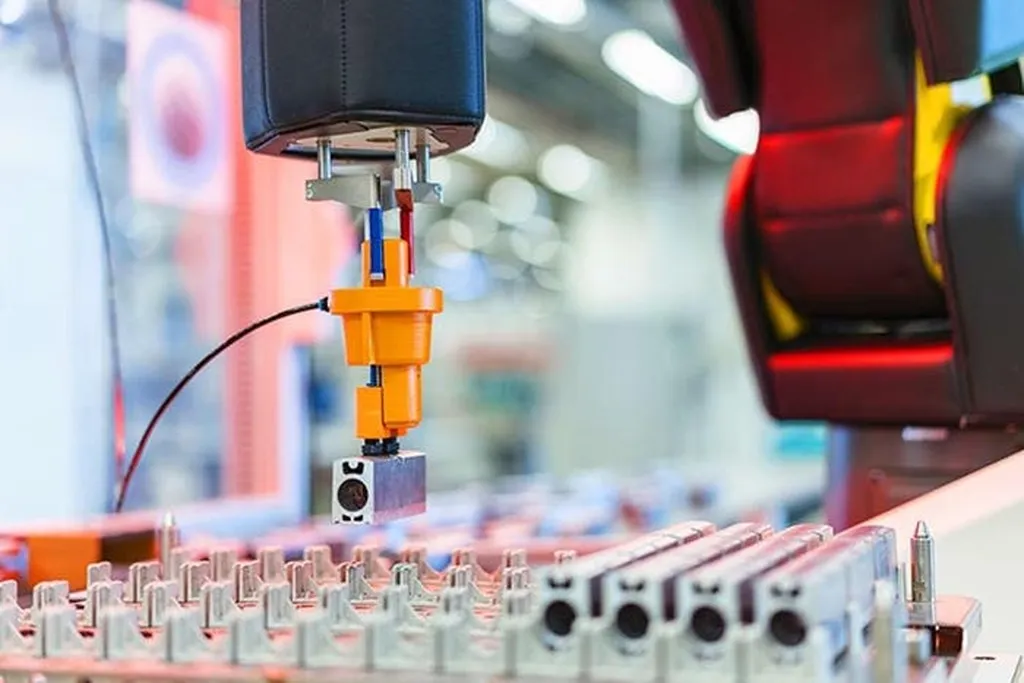In the heart of China’s Guizhou Province, Tingxiang Cao, a researcher at the Western Maintenance and Testing Branch of Southern Power Grid Energy Storage Co., Ltd., is leading a charge to revolutionize hydropower—a cornerstone of global renewable energy—through digitalization. His recent review, published in *Frontiers in Water* (translated as “Water Frontiers”), explores how cutting-edge technologies are reshaping hydropower within the emerging Energy Internet framework, promising to enhance efficiency, stability, and sustainability across the energy sector.
Hydropower has long been a reliable renewable energy source, but digitalization is now unlocking new potential. Cao’s research highlights how smart monitoring systems, powered by Internet of Things (IoT) sensors and big data analytics, enable predictive maintenance, reducing downtime and operational costs. “Digitalization allows us to optimize resource allocation and accessibility, giving us unprecedented control over hydropower operations,” Cao explains. This isn’t just about maintaining infrastructure; it’s about maximizing efficiency and minimizing ecological impact.
One of the most compelling advancements Cao discusses is the use of digital twins—virtual replicas of physical systems that simulate performance in real time. These digital twins allow operators to predict equipment failures, optimize real-time dispatch, and even design better habitats for aquatic ecosystems. By integrating diverse datasets—meteorological, hydrological, and grid demand—hydropower plants can fine-tune water resource scheduling, ensuring maximum efficiency while mitigating environmental harm.
But digitalization isn’t without its challenges. Security is paramount, and Cao emphasizes the need for robust measures adhering to industrial control standards like IEC 62443. Redundant network architectures, such as dual-active or independent operation systems, are often employed to safeguard against cyber threats and ensure operational continuity.
Looking ahead, Cao sees interoperability, next-generation predictive digital twins, edge computing, and advanced communication infrastructure as critical areas for future development. “The ongoing evolution of hydropower digitalization technologies represents a vital pathway toward realizing the goals of efficiency, stability, and sustainability within the global Energy Internet,” he says.
For the energy sector, these advancements could mean significant commercial impacts. Hydropower plants that embrace digitalization may see reduced operational costs, improved grid integration, and enhanced environmental stewardship—all of which could translate into long-term profitability and resilience. As the Energy Internet continues to evolve, Cao’s research suggests that hydropower will play a pivotal role in shaping a more sustainable energy future.
In a field where innovation is key, Cao’s work offers a glimpse into how digitalization could redefine hydropower, making it smarter, more efficient, and more adaptable to the demands of the 21st century. As the energy sector navigates the complexities of the Energy Internet, his insights could guide the way forward, ensuring that hydropower remains a vital and dynamic part of the global energy mix.

